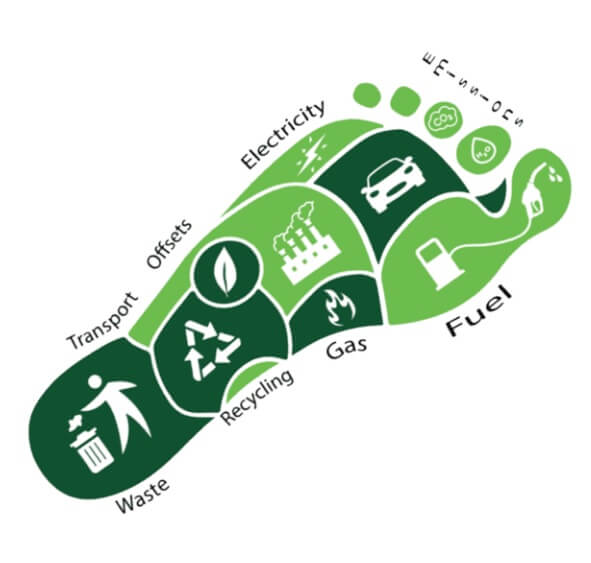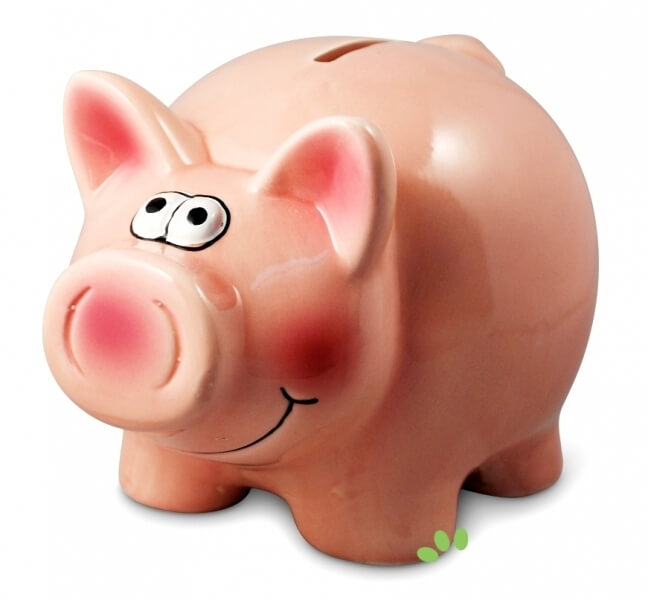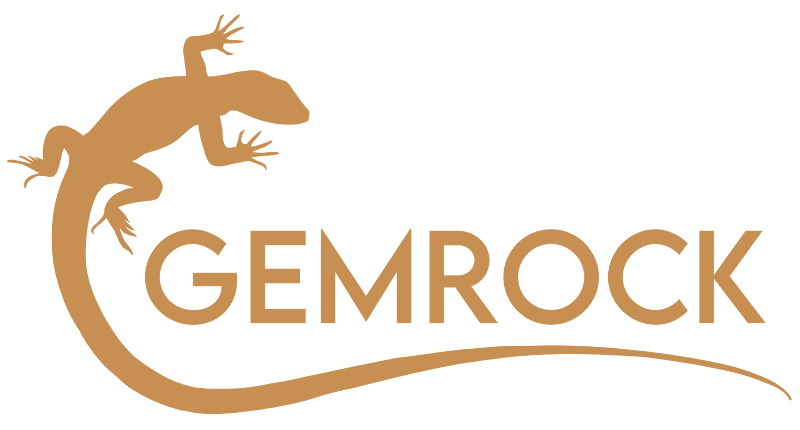Measure your companies Carbon Footprint
We are changing the tide!
You can do it too!

The carbon footprint is a single index indicator for our participation in climate change, which measures the entire amount of CO2 emitted throughout a production chain.
Any polished crystal product (and any crystal specimen too) that reaches the final consumer has gone through a whole chain of value, more or less long, from the extraction of raw materials (minerals in our case) to the finished product, passing through the design, the processing, promotion, distribution and transportation or marketing.
In each of these steps or links in the chain, a bit of additional carbon footprint is added until reaching that final consumer.
The receiver of all that footprint that has been accumulating is the final consumer, the customer who is sitting at his living room table enjoying his crystal. However, all the links of the process have been intermediate consumers (as temporary holders) of the “flow” product that has been passing through all of them (the crystal). And links of the chain themselves are final consumers of many other products (from a pen to a grinding wheel) that no longer pass to the next link.

When measuring the carbon footprint, the emissions generated by such products that are used by each link of the chain (such as materials, tools, energy or fuel) are incorporated, as inputs, in the flow product, and thus consider that everything is intermediate consumption.
However, the truth is that, whatever we call it, everyone and each one of the links does acquire a footprint from the previous link and they generate a new footprint through their own processes.
To make it clear in a real world example:
If you by a crystal from Gemrock Peru you are now owning the footprint we generated because this product was made for you. So of course it is a benefit for you, if we are active to reduce our footprint.
Once you have the crystal (and its footprint) in your possession you will necessarily add your own footprint (the sum of all emissions generated by:
-
- your infrastructure use,
- the services you hire (accounting, internet, etc.),
- the water and electricity you do consume,
- the office materials you use,
- the marketing costs,
- the packaging costs
- the cost of garbage treatment of all the products your company consumes and
- the shipping cost to you your client, etc.
Once your client has received the crystal, he not only owns this product but the entire footprint generated along the chain.
Let’s imagine for a moment you would buy the crystal from us by paying the carbon-positive pricing and therefore eliminating our footprint.
In that case the footprint your client receives consists only of the footprint you are generating with your company. So its: “Total footprint” minus “Gemrock footprint”.
It is also important to state that the crystal you buy from us does not carry the footprint of the entire company (49.56 to CO2 per year) but only the portion of the footprint that was used for your crystal. We could calculate that every dollar spent by a wholesale client of us corresponds to a carbon footprint of 439 gr CO2. Meaning, if you would buy from us a crystal for a price of 100 USD (including shipping) then the carbon footprint of this crystal when it arrives at your place is 43.94 kilos CO2 and the additional cost to eliminate this carbon footprint is 1.- USD.
In order to know how much carbon footprint your operation than adds to this before it arrives at your clients place, you must calculate your companies´ carbon footprint. We can help you doing this.
How to calculate a carbon footprint:

The method we used to calculate our companies carbon footprint is based on the methodology developed by Rees and Wackernagel in 1996, which measures all the impacts produced by a population, expressed in hectares of ecosystems or “nature” being used. This method can be applied on all scales from countries to cities, to companies or to individuals. It is actually a method to calculate the so called “ecological footprint”.
The ecological footprint is even more complete than a carbon footprint because it measures more things. But the problem is that the ecological footprint cannot really be quantified in economic terms. It is more of a comparative tool. The carbon footprint on the contrary can be monetized: the monetary cost is the cost of planting and maintaining trees to eliminate the CO2 emissions.
The good thing of the method developed by the two scientists is that the ecological footprint includes the calculation of the carbon footprint as part of the equation. The method therefore is perfectly applicable for calculating the carbon footprint.
It was used in 2007 by Juan Luis Domenech Quesada in order to calculate the ecological footprint and the carbon footprint of the port of Gijon in Argentina. The tables we are using, therefore have been tested in real life.
Stefan Austermühle, General Manager of Gemrock Peru, has used this method as environmental consultant from 2010 to 2013 to measure the carbon footprint of 14 Peruvian companies, from travel agencies, to hotels, rainforest lodges and lawyers offices. It was therefore easy for us to keep the tables updated and calculate Gemrocks footprint ourselves without having to hire external services.
Measuring your carbon footprint with a specialized consultant office can be worth tens of thousands of USD and is generally inaccessible for small companies like the ones that dominate the crystal industry.
Free carbon footprint calculators on the internet on the other hand are by far not sufficiently details to provide a real carbon footprint as a company is producing it. They are nice fun tools for personal carbon footprint calculations, but not for professional company footprints
How does the methodology work?
The tables used by Doemench to calculate the carbon footprint of the port do consist of hundreds of conversion factors that convert the amount of money spent for a certain materials, goods or services into an amount of CO2 gas being emitted by this product, which was acquired and consumed by the port. Therefore it is possible to point out that practically the entire calculation data of the footprint can be obtained from the organization’s accounting and therefore it is not required that the specialist that calculates the footprint is actually physically present in the company. It all can be done virtually from a distance.
Because of this we can offer you to calculate your carbon footprint without the need for us to travel and visit you. If you are interested to know your carbon footprint we simply will send you a written instruction on how to organize and group together the accounting information.
To give an example:
-
- How much money (in total) was spend on gasoline for your companies car per year (and which gasoline: diesel, biodiesel, gasohol, GNP,…)?
- How much money was spent in total in shipping per year?
- How much money was spent in cartoon packaging material per year?

By not paying an outside consultant to do this work and investing your own time to organize the data, you can significantly reduce the cost of doing a carbon footprint calculation.
Once you have compiled all the data required, you simply send us the filled out report. We will get back to you for a consultation feedback in case we see that the format was not filled out correctly or is incomplete. And once the data is complete we fill this data into the calculation sheets and get your carbon footprint calculation. You will then receive a report from us detailing your carbon footprint.
How much do we charge for calculating your carbon footprint?
Not thousands of USD
but only 249.- USD

Now you know your footprint, what´s next:
Once you know your carbon footprint, you now have to find your own system how to neutralize it. Here are some suggestions.
Reduce your footprint by:
-
- Identifying other crystal providers that are environmentally friendly like Gemrock Peru
- Urging your other providers to follow Gemrocks´ example and start reducing their footprint (connect them with us, so we can help them to calculate their footprint)
- Reducing your own footprint by buying green, saving energy, water and other resources (By the way this not only makes you being more environmentally friendly, but also more efficient and that saves money) – If you need help with this process we can support you too.
Then decide how you involve your client into the entire process, for example you can:
-
- Carry the cost of making your company carbon neutral by investing in reforestation process and include that cost in your pricing structure, but tell your customer about it.
- Ask your customer to take responsibility and give him the choice to donate to a reforestation project
Finally you need to decide, if you support the Gemrock reforestation project or if you give your carbon money to any other tree planting project.
Gemrock Peru: Social and Environmental Responsability
Why choose Gemrock?
All our workers are hired under formal working contracts and provided with all legally required health, labour and retirement benefits.
We are going to great length to find the right process for each type of stone in order to achieve the best possible polish.
During our lapidary production we have a rigurous review process in place that filters out any product that shows the tyniest scratches.
We strive for perfect shapes in all our products, even if this means an extreemly high effort in carving.
Even if handmade piece by piece, we do offer standartized sizes that do not vary more than 2 to 3 mm. This improves the pricing process of our clients.
All our workers are hired under formal working contracts and provided with all legally required health, labour and retirement benefits.
We are going to great length to find the right process for each type of stone in order to achieve the best possible polish.
During our lapidary production we have a rigurous review process in place that filters out any product that shows the tyniest scratches.
We strive for perfect shapes in all our products, even if this means an extreemly high effort in carving.
Even if handmade piece by piece, we do offer standartized sizes that do not vary more than 2 to 3 mm. This improves the pricing process of our clients.
We are constantly improving our production process in order to achieve shorter production times while maintaining quality. Also we are trying to save water and energy.
Get in Touch
+51 994104206
gemrockinternational@gmail.com
